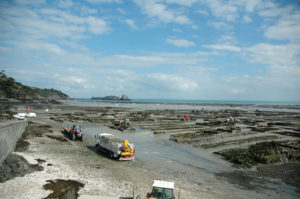
Identifying global opportunities for shellfish, seaweed aquaculture
Study identifies regions where commercial marine aquaculture may provide environmental and social benefits and potentially support ecosystem recovery.
Cooke Aquaculture Pacific is awaiting approval to farm a species native to Washington at Puget Sound sites where it previously produced Atlantic salmon.

Study identifies regions where commercial marine aquaculture may provide environmental and social benefits and potentially support ecosystem recovery.
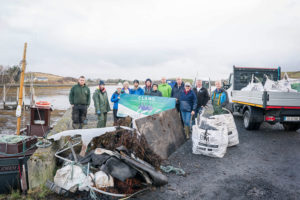
Aquaculture producers in Ireland’s Clew Bay prove that organized clusters can mitigate biosecurity risks and can even raise their profile with consumers.
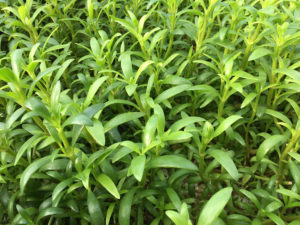
The Mote Aquaculture Research Park in Florida is developing a pilot-scale recirculating aquaponic system for the useful halophyte plant sea purslane.
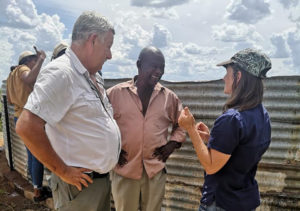
South African veterinarian Gillian Taylor has developed a three-flag system to improve health management and biosecurity for the country’s tilapia farmers.
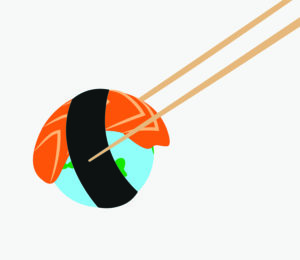
Several recent reports echo the message that eating sustainable seafood can help save the planet while making significant gains in public health.
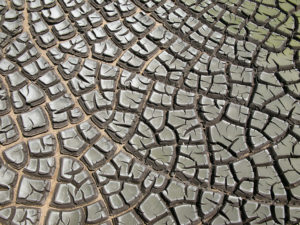
Study evaluates if controlling maturation stage during seafood sludge composting through turning improves the process in comparison to static composting.
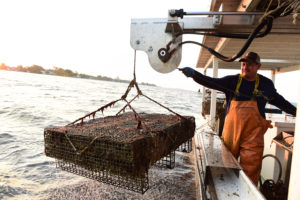
In Maryland and Virginia, developers can buy credits from oyster farmers to offset their assumed environmental impacts. Can "nutrient trading" work?
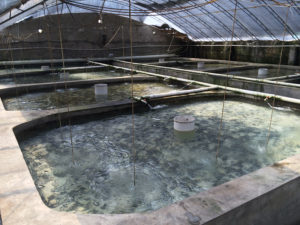
Part 2 of this article reviews proper waste production from feed, chemicals and pathogens in an effort support improved and sustainable aquaculture production.
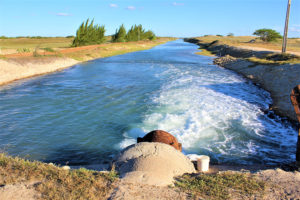
A review of various aspects of waste production from aquaculture, their sources and components, and methods of management for different culture systems.
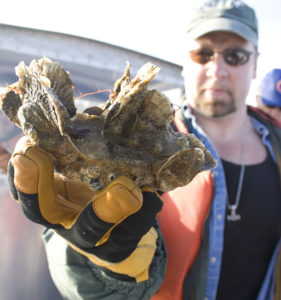
Study looks at how water quality and hydrodynamics vary among Chesapeake Bay oyster farms, as well as the differences inside and outside grow-out areas.
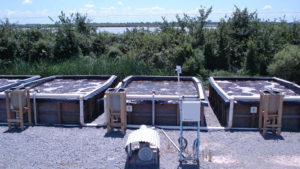
Study evaluates production characteristics, minerals, off-flavors and water quality dynamics on channel catfish reared in used and in new biofloc water.
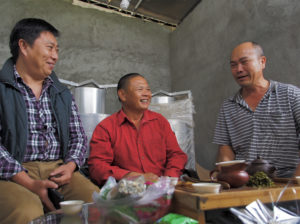
To recruit fish farmers into an aquaculture improvement project (AIP), a Wageningen University researcher finds “tell your friends” has tremendous value.
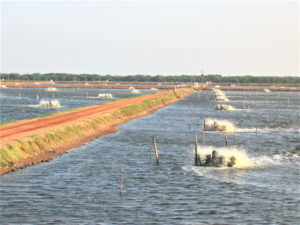
Prof. Boyd writes that his calculations suggest that the efficiency of shrimp pond aeration could be improved with internal combustion engines and drive trains.
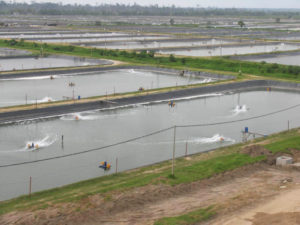
Prof. Boyd discusses energy use in aeration for aquaculture production systems, along with rates, types of aerators, motors and electricity generation.
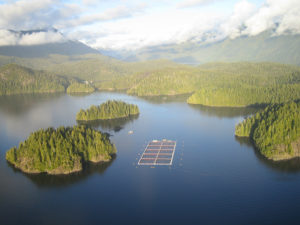
The Canadian Liberal Government’s announcement of Aquaculture Act left the industry feeling anxious while some stakeholders say they were completely left out of the process.